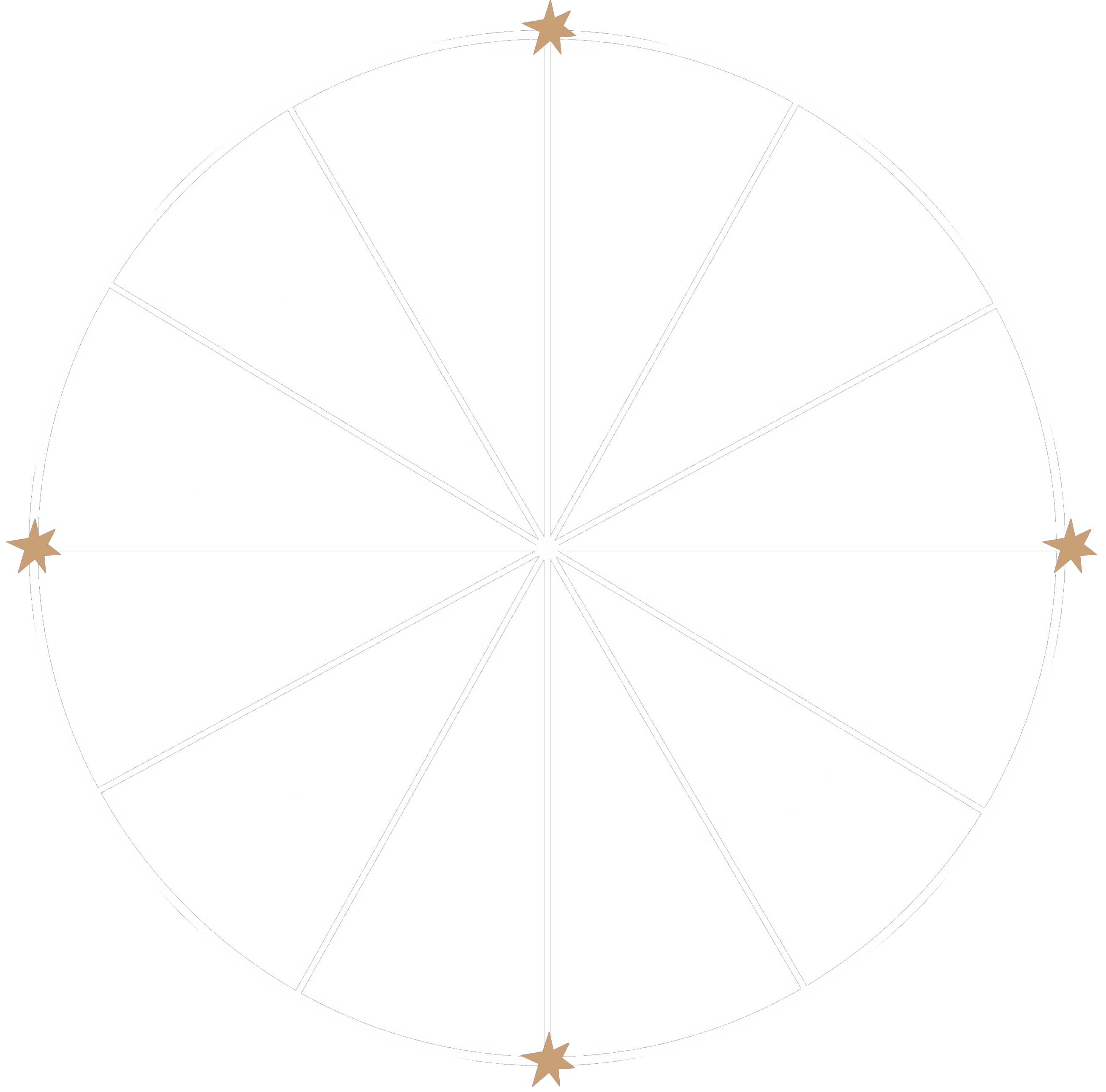Decoding the Celestial Map: A Guide to Reading Transit Charts
Transit charts are essential tools in the field of astrology, providing valuable insights into our lives by mapping the positions of celestial bodies at a specific time. These charts help astrologers predict and analyze significant events, personal development, and relationships. If you're interested in understanding how the planets influence your life, learning to read a transit chart is an invaluable skill. This article will guide you through the steps to decipher a transit chart and help you uncover the mysteries of the cosmos.
Step 1: Understand the Basics of Natal Charts
Before diving into transits, it's crucial to familiarize yourself with the basics of a natal chart. A natal chart is a map of the sky at the exact moment and location of a person's birth. It contains vital information about the positions of the planets, the zodiac signs, and the twelve astrological houses. Each of these elements has its own unique characteristics and interpretations. Read all about birth charts here.

Step 2: Obtain Your Synastry Chart
To read your synastry chart, you'll first need to have one created. To do this, you will need your exact birth date, time, and location, and you'll need to decide what time period you are running the chart for. Several online resources can generate your chart for free, and most astrologers use Astro.com for this purpose. You'll find a link in the menu of this site titled "Run Your Chart," or click HERE and it will take you to the correct place at Astro.com. In the chart options, choose transit.

Step 3: Understand Planets and their Symbols
To read a transit chart, you must familiarize yourself with the symbols for the planets and other celestial bodies. Each planet symbolizes different aspects of life and carries unique energies:
- Sun: identity, ego, and self-expression
- Moon: emotions, instincts, and intuition
- Mercury: communication, intellect, and logic
- Venus: love, beauty, and relationships
- Mars: action, passion, and drive
- Jupiter: growth, expansion, and abundance
- Saturn: discipline, responsibility, and structure
- Uranus: change, innovation, and rebellion
- Neptune: dreams, spirituality, and illusions
- Pluto: transformation, power, and regeneration
Additionally, familiarize yourself with the symbols for the North Node and South Node, which represent your karmic path and past-life lessons.
Step 4: Learn the Zodiac Signs and Houses
The zodiac consists of 12 signs, each with specific characteristics and energies. Understanding the traits of each sign is vital for interpreting a transit chart:
- Aries: assertive, pioneering, and competitive
- Taurus: patient, persistent, and sensual
- Gemini: curious, adaptable, and communicative
- Cancer: emotional, nurturing, and intuitive
- Leo: bold, creative, and confident
- Virgo: analytical, organized, and practical
- Libra: diplomatic, social, and harmonious
- Scorpio: intense, passionate, and mysterious
- Sagittarius: adventurous, philosophical, and optimistic
- Capricorn: disciplined, ambitious, and responsible
- Aquarius: innovative, rebellious, and humanitarian
- Pisces: sensitive, compassionate, and imaginative


The transit chart is divided into 12 houses, representing different life areas. Each house corresponds to specific themes and experiences:
- First House: self-image, appearance, and new beginnings
- Second House: values, possessions, and financial matters
- Third House: communication, learning, and short trips
- Fourth House: home, family, and emotional foundations
- Fifth House: creativity, romance, and personal expression
- Sixth House: work, health, and daily routines
- Seventh House: partnerships, marriage, and one-on-one relationships
- Eighth House: shared resources, transformation, and sexuality
- Ninth House: philosophy, travel, and higher education
- Tenth House: career, reputation, and public standing
- Eleventh House: friendships, groups, and social causes
- Twelfth House: spirituality, hidden matters, and subconscious patterns
Step 5: Compare the Transit Chart to Your Natal Chart
Now that you understand the basics, it's time to compare the transit chart with your natal chart. Align the two charts, placing the transit chart on the outer wheel and the natal chart on the inner wheel. This allows you to see how the current positions of the planets interact with your natal chart. Focus on conjunctions, oppositions, trines, and squares, which are significant aspects that show the relationships between the planets.
Step 5: Compare the Transit Chart to Your Natal Chart
Now that you understand the basics, it's time to compare the transit chart with your natal chart. Align the two charts, placing the transit chart on the outer wheel and the natal chart on the inner wheel. This allows you to see how the current positions of the planets interact with your natal chart. Focus on conjunctions, oppositions, trines, and squares, which are significant aspects that show the relationships between the planets.
Step 6: Interpret the Planetary Transits
With the charts aligned, you can now examine how the transiting planets interact with your natal planets and house cusps. Here's a breakdown of how to interpret these transits:
-
Conjunction: When a transiting planet aligns with a natal planet or house cusp, it activates the energies of both planets, creating a powerful influence. Conjunctions signify new beginnings and the initiation of new cycles.
-
Opposition: When a transiting planet is directly across from a natal planet or house cusp, it generates tension and challenges. Oppositions force you to find balance and integration between the opposing energies.
-
Trine: Trines occur when a transiting planet is 120 degrees away from a natal planet or house cusp, signifying harmony and natural talent. Trines offer support, growth, and opportunities for success.
-
Square: Squares happen when a transiting planet is 90 degrees away from a natal planet or house cusp, causing friction and conflict. Squares demand change and growth through overcoming obstacles.
-
Sextile: Sextiles represent a harmonious relationship between two planets, suggesting an easy flow of energy and compatibility between the individuals.

Step 6: Reflect on the Transit Themes
As you examine the planetary transits, consider the themes associated with each planet, sign, and house involved. Reflect on how these energies might manifest in your life, paying attention to the unique combinations of planetary influences. For example, if transiting Mars forms a square with your natal Venus, you might experience challenges in your relationships, forcing you to confront unresolved issues or assert yourself in new ways.
Step 7: Consider the Timing and Duration of Transits
Transits are not static; they change over time as planets move through the zodiac. Some transits are short-lived, lasting only a few days or weeks, while others can take months or even years to unfold. Fast-moving planets like the Moon, Mercury, and Venus create brief influences, while slower-moving planets like Saturn, Uranus, Neptune, and Pluto create long-lasting effects. Be mindful of the timing and duration of transits, as this can help you plan and prepare for upcoming changes or challenges.
Conclusion
Reading a transit chart can provide valuable insights into your life, offering guidance for personal growth, decision-making, and understanding the cycles of change. By familiarizing yourself with the symbols, zodiac signs, houses, and planetary aspects, you'll be well-equipped to interpret transit charts and harness the wisdom of the cosmos. With practice and reflection, you'll gain a deeper understanding of the celestial influences shaping your life and learn to navigate your journey with greater clarity and confidence.
Remember that astrology is a tool for self-awareness and personal growth, not a deterministic blueprint for your life. As you delve into transit charts, it's essential to maintain a balanced perspective and remember that you have the power to shape your destiny. Use the insights gained from transit charts to make informed choices, strengthen your self-understanding, and embrace the ever-changing dance of the planets.
With time and practice, you'll become more adept at reading transit charts and applying astrological wisdom to your daily life. This newfound knowledge can help you navigate life's challenges, capitalize on opportunities, and ultimately, lead a more fulfilling and empowered life, aligned with the cosmic energies at play. So, keep exploring, learning, and growing as you decode the celestial map and unlock the secrets of the transit charts.
Order a Custom Chart
A custom natal report can go a long way towards helping you understand yourself. They are about 50 pages long, and packed full of information about you!
You can check out a sample report at the right, or order your own by clicking here!
We also have other reports available, like synastry reports or parenting assist reports, meant to help you have a deeper understanding of your children.
